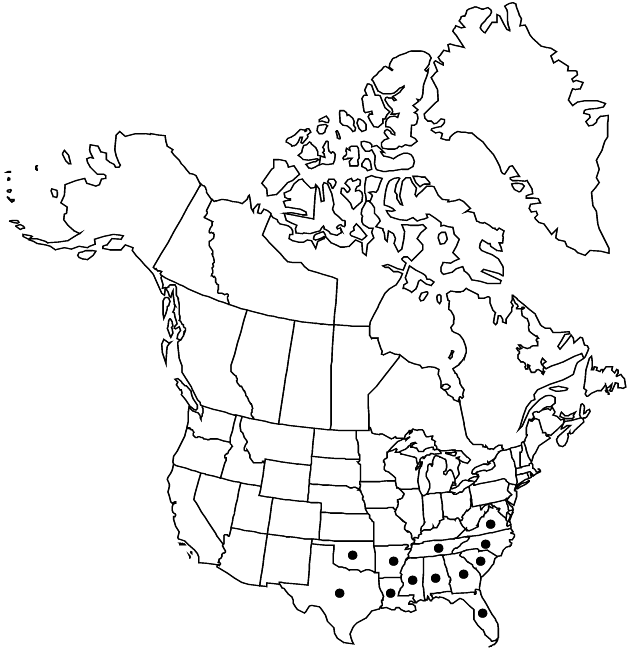Difference between revisions of "Gamochaeta antillana"
Opera Bot. 104: 157. 1991.
imported>Volume Importer |
imported>Volume Importer |
||
| Line 61: | Line 61: | ||
|publication year=1991 | |publication year=1991 | ||
|special status= | |special status= | ||
| − | |source xml=https:// | + | |source xml=https://bitbucket.org/aafc-mbb/fna-data-curation/src/2e0870ddd59836b60bcf96646a41e87ea5a5943a/coarse_grained_fna_xml/V19-20-21/V19_720.xml |
|tribe=Asteraceae tribe Gnaphalieae | |tribe=Asteraceae tribe Gnaphalieae | ||
|genus=Gamochaeta | |genus=Gamochaeta | ||
Latest revision as of 19:55, 5 November 2020
Annuals, 6–40 cm; taprooted. Stems erect to decumbent-ascending, loosely arachnose-tomentose. Leaves basal and cauline, basal usually withering before flowering, blades spatulate to oblanceolate, narrowly lanceolate, linear-oblanceolate, or linear, 2–3(–4) cm × 2–3.5(–5) mm (distal rarely folded along midveins), faces concolor, loosely tomentose. Heads initially in uninterrupted, cylindro-spiciform arrays (1–)3–4(–10) cm × 8–12 mm (pressed), usually becoming glomerulate-interrupted in late flowering (equally leafy-bracted throughout, bracts linear to narrowly lanceolate, smaller distally). Involucres campanulate, 2.5–3 mm, bases sparsely arachnose. Phyllaries in 3–4(–5) series, outer ovate-lanceolate, lengths 1/2–2/3 inner, apices (sometimes purplish-tinged) narrowly to broadly acute, inner usually purple (immediately beyond stereome and along proximal margins), oblong, laminae usually purple (at stereome and along proximal margins), apices (whitish, tinged with brown) rounded-obtuse. Florets: bisexual 3–5; all corollas usually purple distally. Cypselae (tan) 0.4–0.5 mm.
Phenology: Flowering (Feb–)Mar–May, sometimes later with moisture.
Habitat: Open sites in sandy soils, commonly in roadsides and other disturbed sites, stream and pond banks
Elevation: 10–100 m
Distribution

Ala., Ark., Fla., Ga., La., Miss., N.C., Okla., S.C., Tenn., Tex., Va., South America, Europe, New Zealand.
Discussion
Gamochaeta antillana and G. calviceps have been combined in concept and often misidentified as Gamochaeta falcata (Lamarck) Cabrera; the latter name applies to a South American species that has not been recorded from the flora area. Gamochaeta subfalcata, which has been attributed to the United States (e.g., S. E. Freire and L. Iharlegui 1997), almost certainly applies to the same species as G. antillana.
Selected References
None.